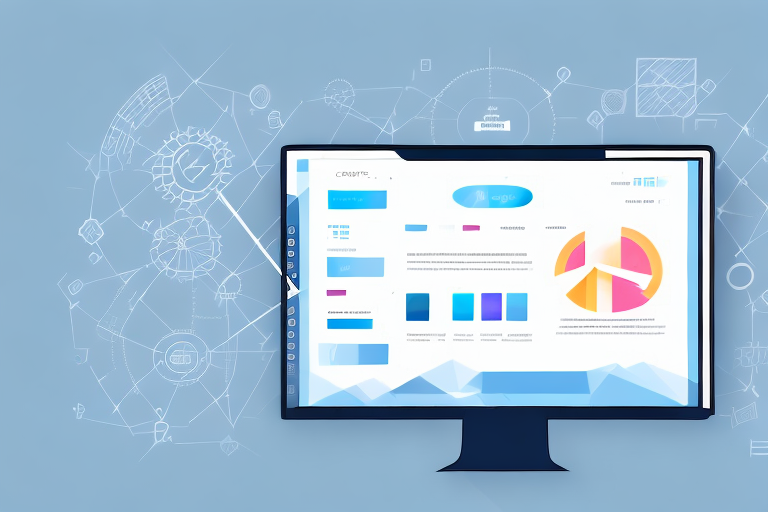Introduction to Product Filters and Search Options
In the competitive world of e-commerce, providing efficient and effective product filters and search options is essential for enhancing user experience. Customers prioritize the ability to quickly and easily locate the products they’re interested in, and businesses that fail to offer these features risk losing potential sales as customers abandon their searches. This comprehensive guide explores the importance of product filters and search options, different types of filters available, strategies for implementation, and best practices for optimizing your product filtering and search functionalities.
Why Product Filters and Search Options Matter
Implementing robust product filters and search options is crucial for several reasons:
- Improved User Experience: Facilitates quick and easy product discovery, increasing the likelihood of purchases.
- Reduced Frustration: Minimizes irrelevant results, decreasing the chance of customers abandoning their search.
- Informed Decisions: Allows customers to compare products based on relevant criteria, aiding in better purchasing decisions.
- Behavior Insights: Analyzing filter and search usage provides valuable data on customer preferences and behavior.
- Inventory Optimization: Identifies gaps in product offerings, guiding inventory expansion or improvement.
According to a Nielsen report, 60% of consumers expect an e-commerce site to offer a comprehensive filtering system to find products efficiently.
Types of Product Filters
There are various types of product filters that cater to different customer needs:
Price Filters
Allow customers to set a budget range, filtering out products that are too expensive or too cheap.
Brand Filters
Enable customers to select their preferred brands, which is particularly useful for brand-loyal customers.
Category Filters
Help users narrow down their search by specific product categories, making it easier to find desired items.
Attribute Filters
Include filters for color, size, material, style, and other product-specific attributes, essential for products with multiple variations.
Rating Filters
Allow customers to filter products based on average ratings or customer reviews, aiding in quality assessment.
Implementing Product Filters on Your Website
Understanding Customer Needs
Start by analyzing your customer base to determine which filtering options are most relevant. Utilize surveys, user feedback, and analytics to identify key preferences.
Design and Usability
Ensure that filtering options are clearly visible and intuitive. Group related filters together and use clear labels to enhance usability. According to Smashing Magazine, a well-organized filter section can significantly improve user engagement.
Mobile Optimization
With over 54% of e-commerce traffic coming from mobile devices, optimizing filters for mobile is crucial. Implement responsive design techniques, such as collapsible filter menus and touch-friendly interfaces, to ensure seamless navigation on smaller screens.
Regular Updates and Maintenance
Continuously update your filters to reflect changes in inventory and evolving customer preferences. Regular maintenance ensures that filters remain relevant and effective.
Enhancing Search Functionality
Advanced Search Features
- Autocomplete: Suggests products or search terms as users type, speeding up the search process.
- Synonyms and Misspellings: Ensures that searches account for common misspellings and synonyms, improving result accuracy.
- Faceted Search: Combines search with filtering, allowing users to refine results dynamically.
Artificial Intelligence in Search
Leveraging AI can enhance search functionality by providing personalized recommendations and predicting user intent. AI-driven search engines analyze user behavior and preferences to deliver more relevant results. A study by Emerj indicates that AI can improve search accuracy by up to 30%, significantly enhancing user satisfaction.
Best Practices for User-Friendly Filters and Search
- Keep It Simple: Avoid overwhelming users with too many filter options. Prioritize the most important filters based on user data.
- Clear Labels: Use straightforward language for filter labels to ensure users understand their options.
- Easy Reset: Provide a clear option to reset filters, allowing users to start their search afresh without hassle.
- Performance Optimization: Ensure that filter and search functionalities are fast and responsive to prevent user frustration.
Common Mistakes to Avoid
Avoiding common pitfalls can significantly improve the effectiveness of your filtering and search systems:
- Overcomplicating Filters: Too many filters can overwhelm users. Focus on the most relevant ones.
- Ignoring Mobile Users: With a significant portion of traffic coming from mobile, ensure filters are optimized for smaller screens.
- Poorly Designed Search Bars: Ensure that search bars are prominent, easy to use, and support advanced features like autocomplete.
- Neglecting Data Analysis: Regularly analyze search and filter data to understand user behavior and optimize accordingly.
Measuring and Optimizing Performance
To gauge the effectiveness of your product filters and search options, track key performance indicators (KPIs) such as:
- Conversion Rates: Measure how filters and search functionalities contribute to sales.
- Bounce Rates: Analyze if users leave the site after using filters or search, indicating potential issues.
- Click-Through Rates: Monitor how often users interact with filters and search results.
- Customer Satisfaction: Use surveys and feedback forms to assess user satisfaction with filtering and search features.
Utilize tools like Google Analytics and Hotjar to gather and analyze this data, enabling continuous improvement of your strategies.
Future Trends in Filtering and Search Technologies
The landscape of product filtering and search is evolving with advancements in technology. Key trends include:
- Voice Search: Integrating voice recognition to allow users to search products using voice commands.
- Visual Search: Enabling users to search for products using images, enhancing the shopping experience.
- Machine Learning: Utilizing machine learning algorithms to predict user preferences and personalize search results.
- Natural Language Processing (NLP): Improving search accuracy by understanding and processing natural language queries.
Staying ahead by adopting these technologies can provide a competitive edge and cater to the evolving preferences of modern consumers.
Conclusion
Effective product filters and search options are indispensable for a successful e-commerce platform. They not only enhance user experience but also provide valuable insights into customer behavior, driving informed business decisions. By implementing the strategies and best practices outlined in this guide, businesses can optimize their filtering and search functionalities to meet customer needs, reduce abandonment rates, and ultimately boost sales.
Continuously monitor performance metrics and stay updated with emerging technologies to ensure that your product filtering and search systems remain effective and user-friendly in the dynamic digital marketplace.




















